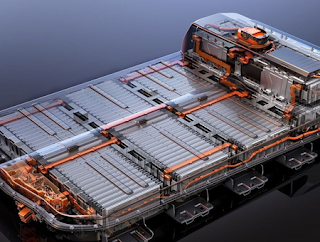The Future of Electronics Manufacturing: Trends and Innovations

The phenomenal creation of today's modernizing era is 'technology.' In just a century, we have come far ahead in terms of technical innovation, from micro-level devices like integrated circuits and semiconductors to the large, fully automated power generation unit, intelligent automation, and sensor technology. The evolution witnessed in the realm of electronics manufacturing services has transformed our lifestyles in many ways. This sector significantly impacts each segment of our lives and has drastically changed a person's approach to perceiving things. As technology keeps evolving in today's fast-paced world, so does the demand for more efficient and smart devices for making our lives easier. Humanity has experienced colossal growth over the years which has resulted in enhancement of our lives through creation of wide-ranging electronic devices and innovations. To know more on how these advancements have revolutionized our world, let's explore more throug...
.png)

